Issue:
November 2024
After decades of decline, the city of Maebashi is turning urban renewal into an art form
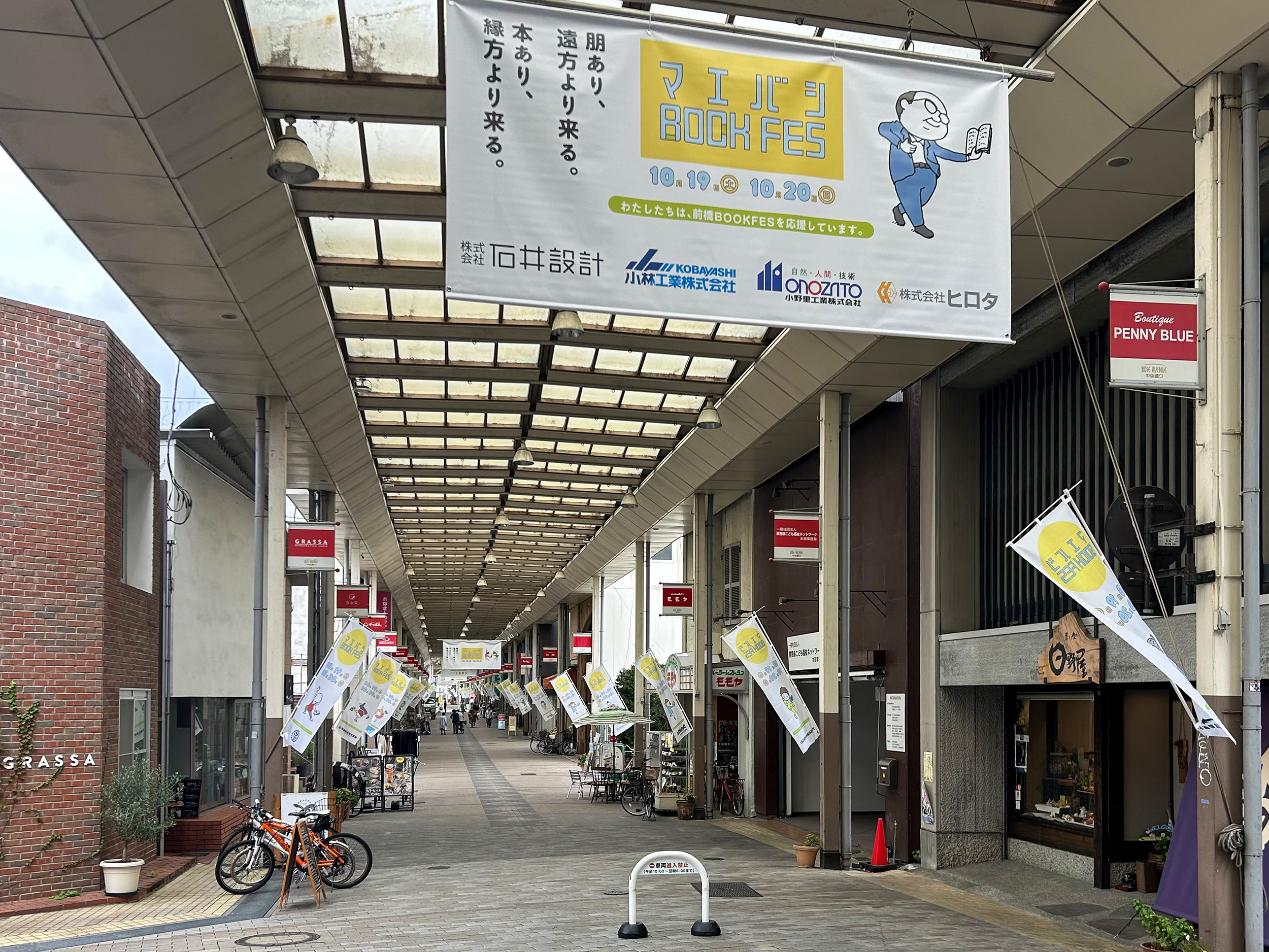
Maebashi, situated on the Tone River, Japan’s second-longest river and once a major transportation artery, was a medieval castle town and later a shipping hub. During the industrialization of the late 19th century, the city’s economy was largely driven by silk production and transshipment. But by the 21st century, Maebashi, like many Japanese regional cities, had become a bit of a backwater, with a declining population and a tired-looking center.
The city has recognized the decline and is determined to turn things around. One early urban renewal project was the creation of Arts Maebashi, a public art museum housed in an abandoned department store in the city center. The building was given a significant facelift with a visually interesting external shell, galleries in the basement and ground floor, and a small library archive, gift shop and café on street level.
The museum recently celebrated its 10th anniversary. It has a small but growing permanent collection and also hosts well-curated special exhibitions involving artists from Japan and across the Asian region.
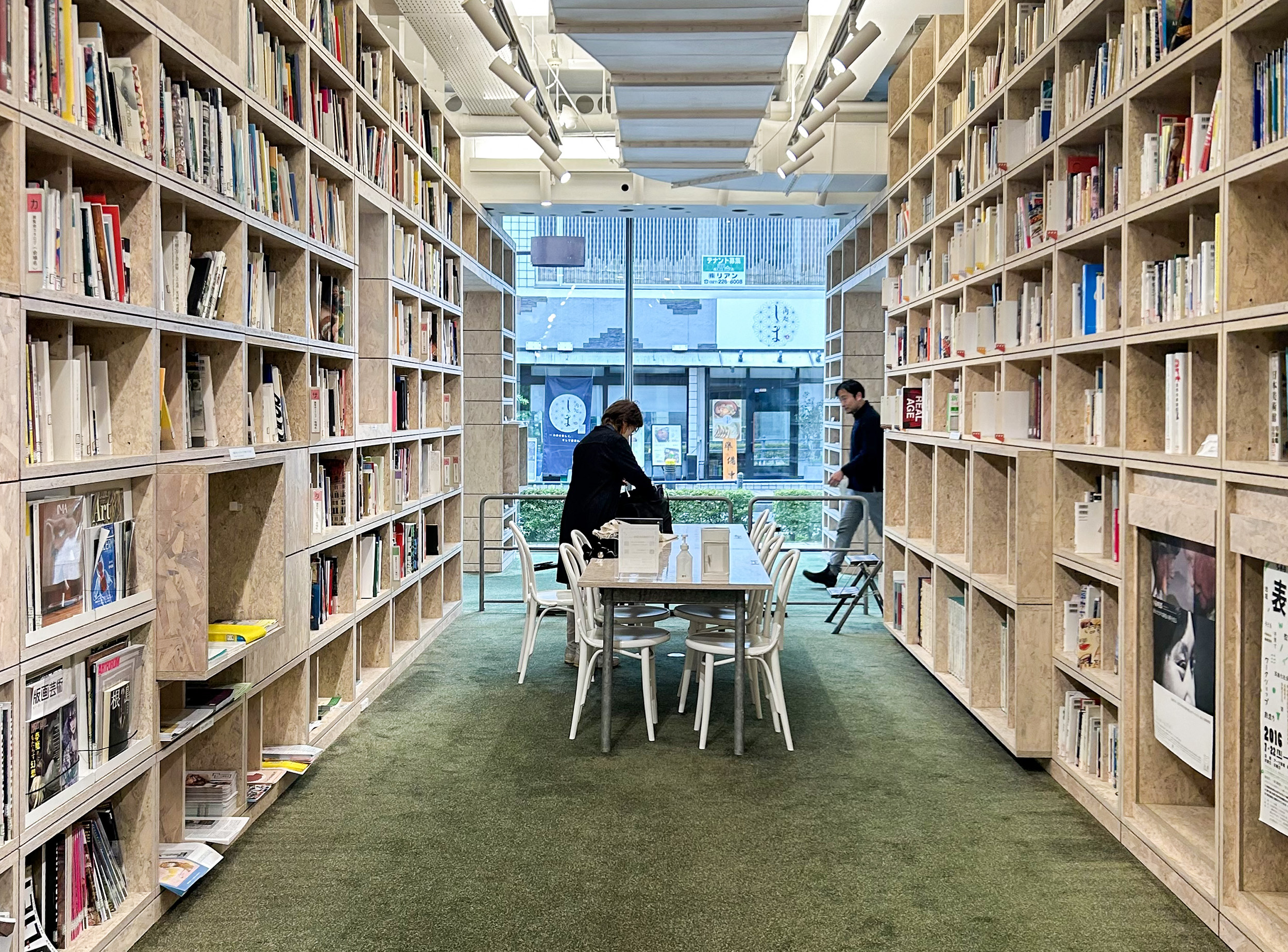
But, as Hitoshi Tanaka, founder and CEO of JINS Holdings Inc. notes, relying on the government to drive long-term urban renewal is unlikely to be successful, since politicians come and go and each has their own agenda.
Maebashi is one of those places that inspires such love and loyalty among its natives that they are willing to fight for its survival. Tanaka is one of them.
He began noticing the decline more than a decade ago and wondered how the city could survive. By 2013, Maebashi had some of the lowest land values in Japan, wasn’t a physically attractive place and offered limited opportunities to women.
Around the same time, Tanaka learned that the future of the Shiroiya Hotel was in question. Housed in a 1970s building just half a block from Arts Maebashi, the hotel had closed down in 2008. It had been a modernization of the Shiroiya Ryokan that had operated on the same location since the early 18th century. It was hard for anyone to imagine letting go of such an historically significant establishment.
Tanaka joined efforts to find a buyer for the hotel building, approaching a number of hotel chains. No one wanted it, saying Maebashi was not a desirable location. So, Tanaka, already a successful businessman, decided to buy the building himself and create a hotel that could become a destination in its own right.
As he rolled up his sleeves to become a hotel owner, Tanaka was surprised to learn from the city’s mayor that there was no overarching vision for the city. Tanaka engaged a German consulting company that came up with the phrase “Where good things grow”, which was cleverly rendered into Japanese as mebuku (to germinate). This catchy word has captured hearts and imaginations, providing a vision of greening and rejuvenating the city center.
Tanaka also solicited other Maebashi businesspeople and citizens who shared his passion for the city to form Taiyo no Kai (the Sunshine Group), a private initiative to drive urban renewal. They focused on the quadrant stretching from Maebashi Station to the prefectural capital building and north from Honmachi-dori to the Hirose River.
The name Taiyo no Kai was chosen in keeping with the mebuku theme, since seeds need sun to germinate. The organization focuses on three activities: designing large-scale renewal projects, community design (including special events to draw people in), and start up/seed money for new shops along Chuo-dori, the target area’s main arcade, and elsewhere in the city center.
While Taiyo no Kai began as a loose affiliation with 23 members, after nearly a decade in operation and having provided more than ¥300 million to sponsor various urban renewal projects, in August this year it became a general public interest corporation (ippan shadan hojin). It now has 63 members and is poised to grow further. As Tanaka says, members bring with them an “unconditional love of place”.
One of its earliest projects was Taiyo no Kane (Bell of the Sun), installed in 2018 in the city’s green promenade on the banks of the Hirose River, a Tone tributary that runs around the perimeter of the city center. The sculpture, by Taro Okamoto, a 20th century artist/sculptor known for sun depictions, is also a working bell, rung for special city events.
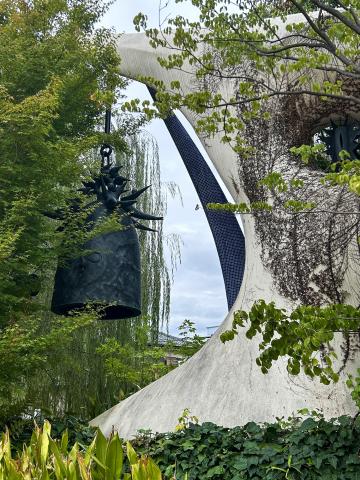
Even as Tanaka worked with governmental authorities and Taiyo no Kai members on broader urban renewal, he was considering his own hotel project. In light of other art-based projects in the city and with input from his personal contacts, he decided to turn Shiroiya into an art-based hotel. Architect Sou Fujimoto, designer of Expo 2025 Osaka, consulted on the project, and helped get other eminent Western architects involved.
The result, which opened in December 2020, is a 25-room boutique hotel comprising Heritage Tower, the original 1970s building, and Green Tower, a separate structure containing both guestrooms and two saunas. The Heritage Tower was completely gutted and took more than six years to renovate. Its center was stripped out to form a four-story atrium featuring Leandro Erlich’s Lighting Pipes, a lit sculpture that rises through it. Other public areas of the hotel also feature original artworks, and a QR code provides visitors an audio guide to the art. Most guestrooms are architect-designed and each features original artwork.
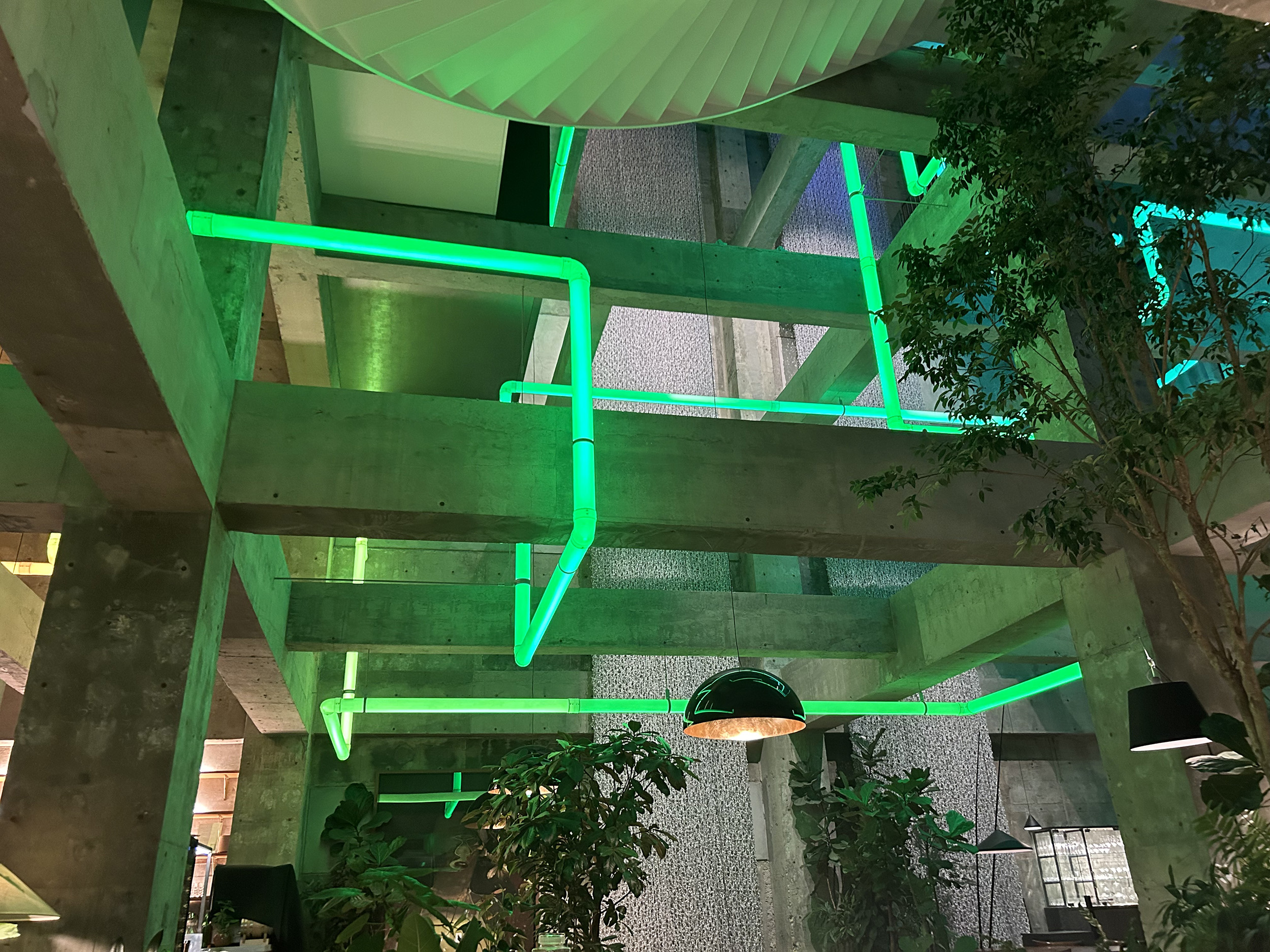
The passage between the hotel’s two towers can also be used as a short cut between Honmachi-dori and Babakawa-dori, something the hotel encourages as part of its support for community vibrancy.
The hotel’s cuisine is yet another artform, with gourmet meals featuring local ingredients, perfectly paired with excellent wines, as well as a bakery, patisserie and café on the Babakawa-dori street front.
While the hotel, with its beautiful art, well-appointed rooms, and cuisine, is a fantastic experience, it would not have been enough to attract more people to Maebashi. Tanaka’s aspiration is that it can serve as an example, and even a catalyst, for other urban renewal projects.
This is where Taiyo no Kai re-enters the story. In keeping with its mission, it has invested in designing improved streetscapes and other facelifts throughout the city center, working with local merchants’ associations and others to see these long-term projects to fruition. There is also a long-term government-sponsored project to turn Honmachi-dori, already lined with stately zelkova trees, into a green transit mall, complete with EV shuttle, by 2040.
Another Taiyo no Kai member, Kaoru Hashimoto, grew up in the city center that is the focus of the urban renewal project. Hashimoto’s company, Machi-no-Kaihatsusha, manages development projects. It is in Hashimoto’s basic nature to make things happen. One of his most outstanding projects to date is the Galleria complex that stands on Ginza-dori on a site that Hashimoto remembers from his childhood as a three-story department store with a small movie theater.
As the city center declined in the late 20th century, Ginza-dori saw the demise of its traditional shops, and eventually even the department store. Nightlife entertainment came to dominate and the area grew seedy. The Galleria project is the first of several aimed at gentrifying Ginza-dori.
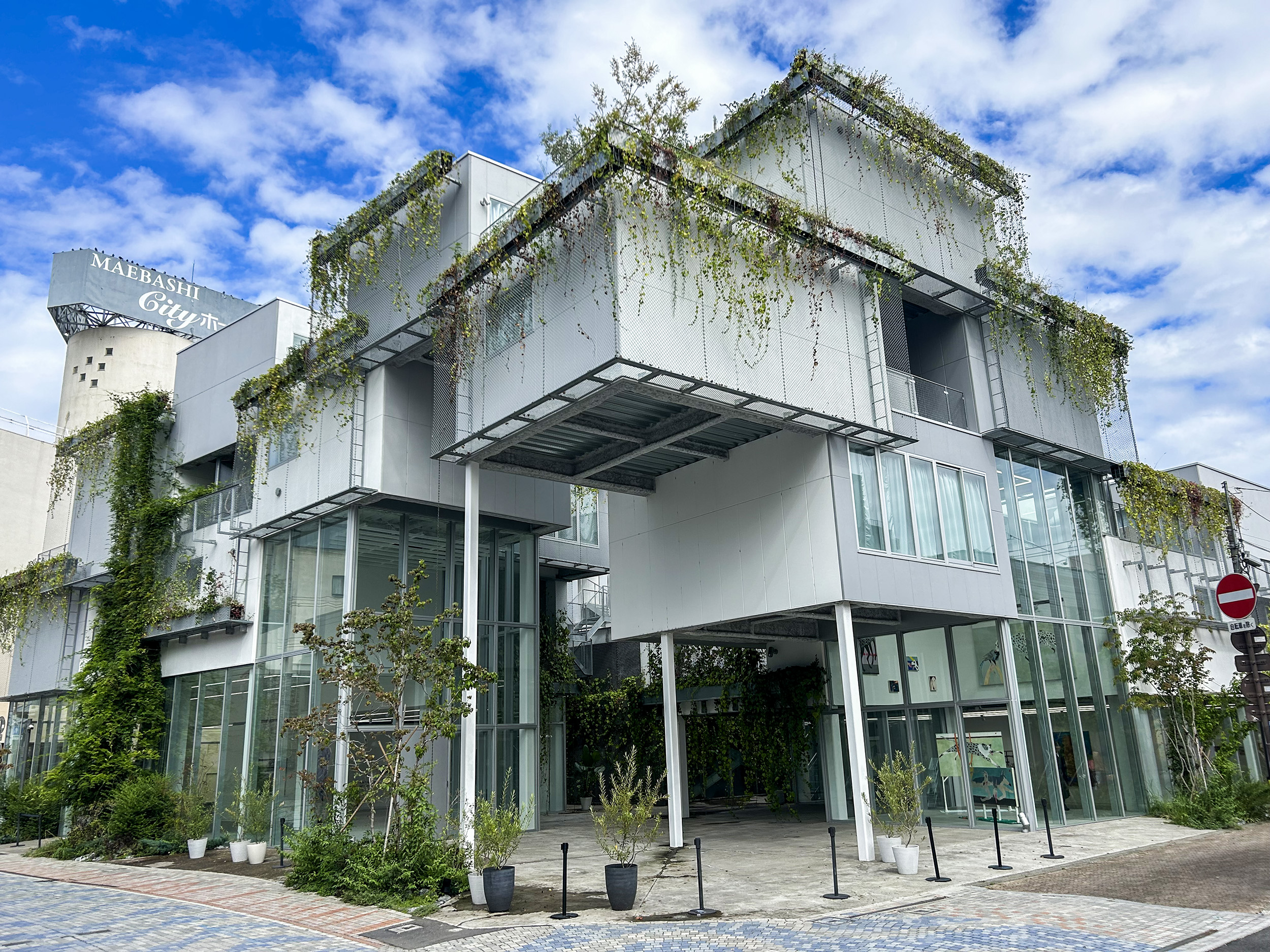
Galleria opened in May 2023, after five-and-a-half years in development and construction. The structure, which appears from the outside like a bunch of stacked glass boxes dripping with vines, contains two art galleries, a French restaurant and 26 residential units, a number of them with rooftop gardens. Some are available for short-term stays.
Hashimoto has also helped develop plans to repave Ginza-dori, reinstating a small waterway that once burbled along it and refocusing the street to foot traffic. This facelift will create a more inviting atmosphere.
While Taiyo n Kai and others work on larger-scale projects, in 2019 it also partnered with the city to help initiate a smaller-scale initiative now called Machistant, a mash-up of machi (town) and assistant. Machistant helps young people interested in starting new business in the city center to find suitable locations for their initiatives.
Those locations are usually long-vacant, sometimes even abandoned, buildings. The new businesses range from cafes, restaurants and bars to stores, boutiques, personal services and even small office spaces. Many young people have decided they prefer to make their lives outside of major population centers such as Tokyo, especially since the Covid pandemic. Maebashi has the potential to be exactly what these young entrepreneurs seek.
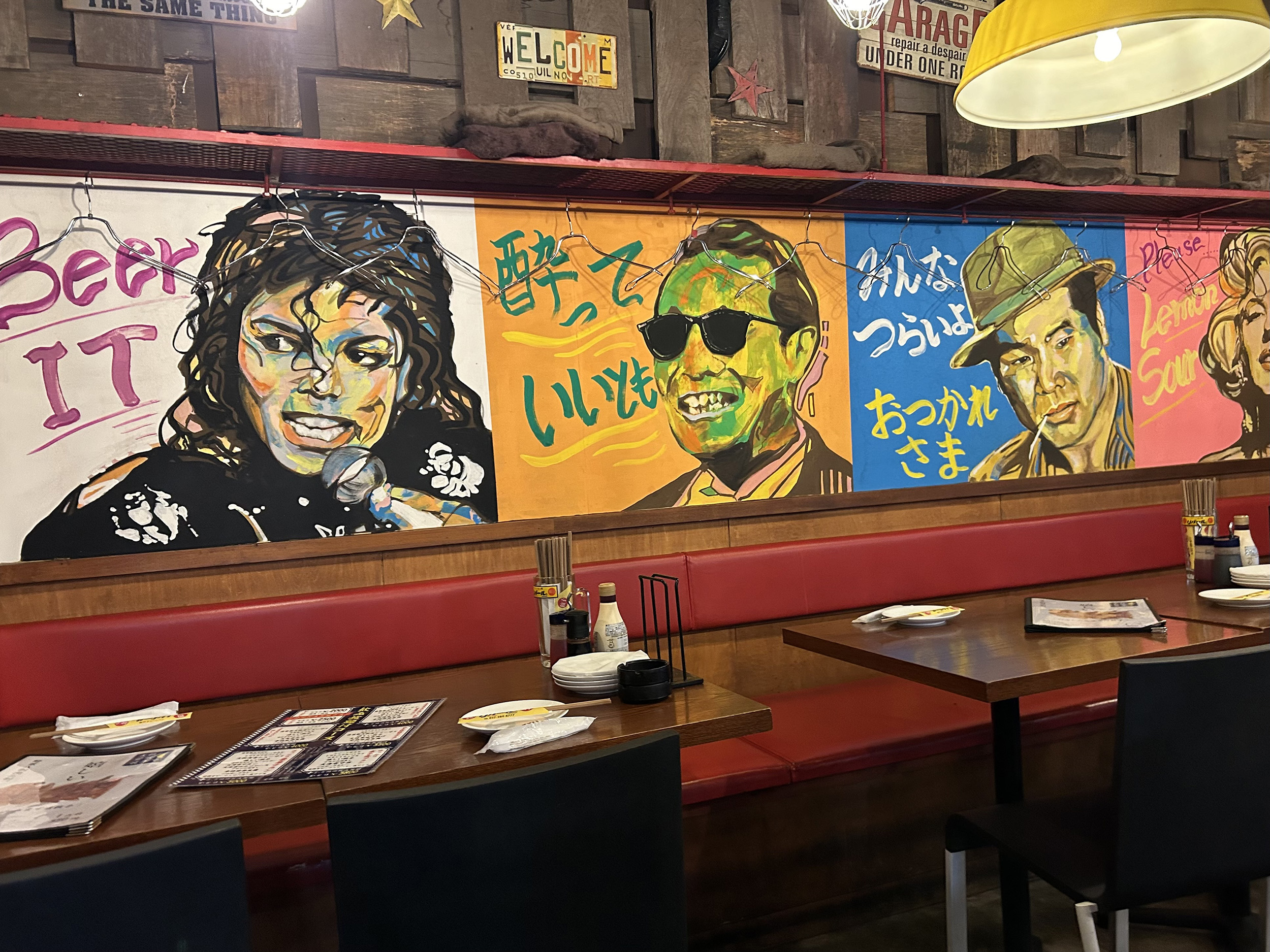
Ryuta Tanaka, deputy head of Machistant, came to Maebashi from Niigata to attend university and married a Maebashi native. Although they first lived and worked in Tokyo after university, they returned to Maebashi to raise their family. With this background, Ryuta understands the needs and desires of his constituency, enabling him to advise them and help them integrate successfully.
The Machistant program has broad support from those already in the area. Since vacant buildings are an unattractive drag, neighbors are usually pleased to see new businesses come into the area. Machistant not only helps start-up businesses to locate suitable premises, it can also introduce local designers, builders, and others needed to prepare a location to open as a new business, creating a kind of virtuous circle of business development.
Machistant also helps coordinate events in the city center, designed to encourage people into the area. These events have included occasional open-air markets and pop-up stores. In October this year it hosted Bookfes, a giant used book fair along the Chuo-dori arcade.
In the lead up to the event, unwanted books could be dropped at various locations (or posted - one donation came from as far away as the UK). The 70,000-plus books were sorted by genre and displayed over two days for people to come by, peruse and buy. Arcade merchants also stayed open during Bookfes, many with special sales. Serious book lovers came from far and wide, filling the city’s hotels for the weekend as well. More than 63,000 people attended.
After more than a decade, the mebuku vision of the dedicated, and even altruistic, Maebashi natives and other supporters, is showing positive results. Even as young entrepreneurs are supported to make a start in Maebashi and grow their own projects, the anchor provided by the various art initiatives contributes to improving the overall atmosphere of the city. But everyone recognizes that some seeds are slow-growing and that reversing Maebashi’s decline is inevitably a long-term project.
Vicki L. Beyer is a freelance writer and retired professor at Hitotsubashi University Graduate School of Law, Business Law Department. She served as FCCJ Kanji from mid-2020 to mid-2022. She wishes to extend special thanks to the Arts Committee of Asia Society Japan, sponsors of an art trip to Gunma through which she first learned of Maebashi’s urban renewal, and the Shiroiya Hotel.

